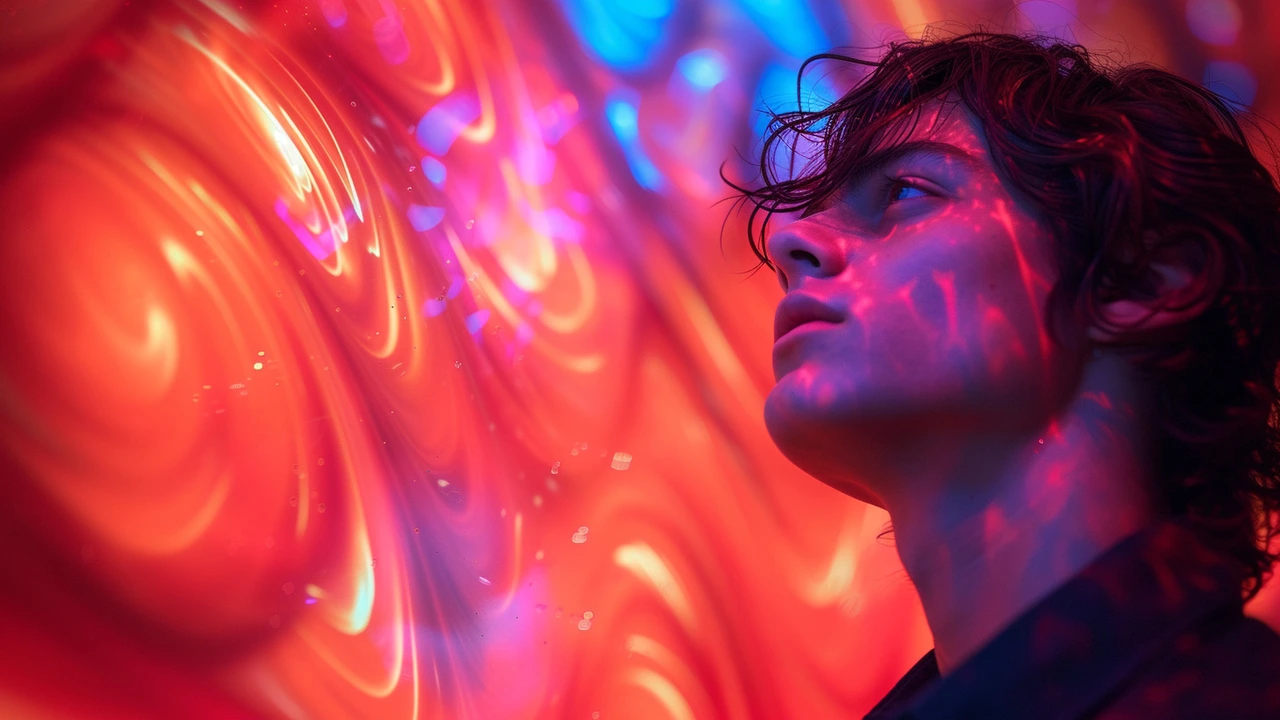Rise in Art: How Movements and Trends Take Off
Why does one style explode while another fades? The word "rise" in art often means a mix of social change, new tools, strong personalities, and a moment that the public connects with. Think Bauhaus: practical design met post-war needs and suddenly simple, useful objects were everywhere. That’s a rise you can trace to clear causes.
What starts a rise?
Usually a few things happen at once. An artist or group pushes an idea hard. New tech or materials make fresh work possible. Social or political shifts make certain messages stick. For example, Abstract Expressionism rose when post-war emotions needed a raw, energetic way to show feeling. Photorealism rose later as cameras and paint techniques improved and audiences wanted uncanny accuracy. Spotting those triggers helps you understand why a movement matters.
Rises also ride media and institutions. Galleries, museums, critics, and magazines amplify what’s new. When a handful of shows get attention, collectors follow, and the style moves from niche to mainstream. The Harlem Renaissance didn’t rise just because artists were talented; writers, musicians, patrons, and local venues all created a cultural moment that attracted national attention.
How to spot a rising trend now
Look beyond one viral image. Watch where artists gather, what galleries promote, and which themes repeat across different works. Online, track artists who appear in multiple respected outlets. In the real world, check museum programs, biennials, and public art projects. If you see similar techniques or themes in urban design, home decor, and product design, that’s a strong sign a trend is rising—like how land art influenced city parks and public spaces.
If you want to use a rising trend in your life, think practical. For interiors, borrow simple rules: a Bauhaus touch means clean lines and useful furniture. Want bold drama? Baroque revival pairs ornate details with modern colors for a fresh twist. For collectors, buy early work from emerging artists you see across shows and write-ups. For makers, experiment with the new tools or materials fueling the rise—try photorealistic methods, digital-tech for futurism, or mixed media for installation pieces.
Not every rise sticks. Some movements burn bright and fade, others alter design and culture permanently. Constructivism changed visual language for posters and digital interfaces; Fluxus changed how artists and audiences interact. The difference often comes down to usefulness and adaptability: if ideas can be applied across fields, they last.
Curious where to read more? Browse focused pieces—like Bauhaus history, Photorealism techniques, or the Harlem Renaissance stories—to see rise in action. Each article offers concrete examples of what sparked attention and how the movement spread. That makes it easier to spot the next rise and use it in your home, studio, or city.
Want a quick next step? Pick one movement that catches your eye from this site and track three places it shows up over a month—an exhibit, a design product, and an article. You’ll start to see the pattern of rise and why some ideas stick while others don’t.

